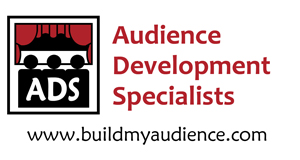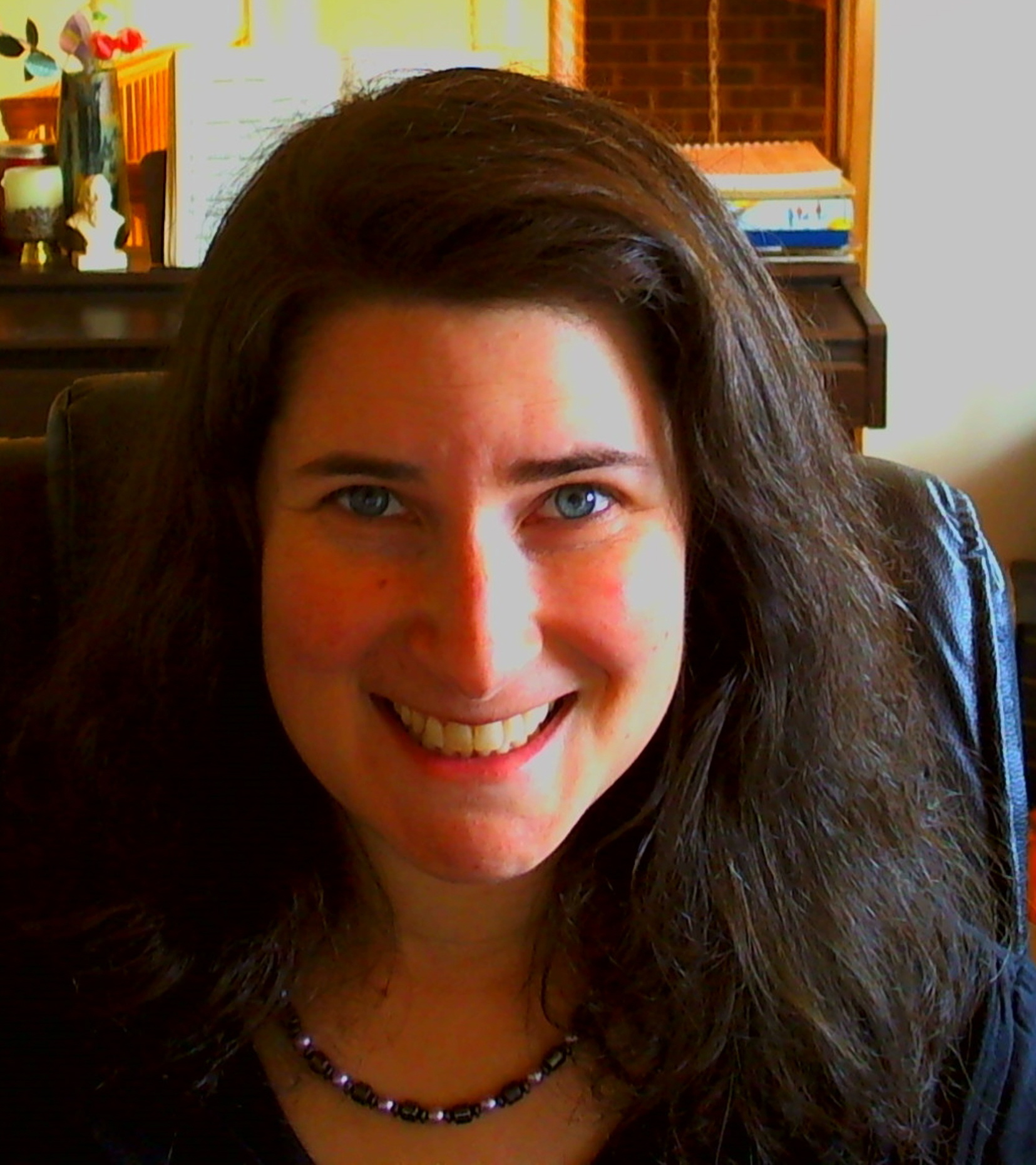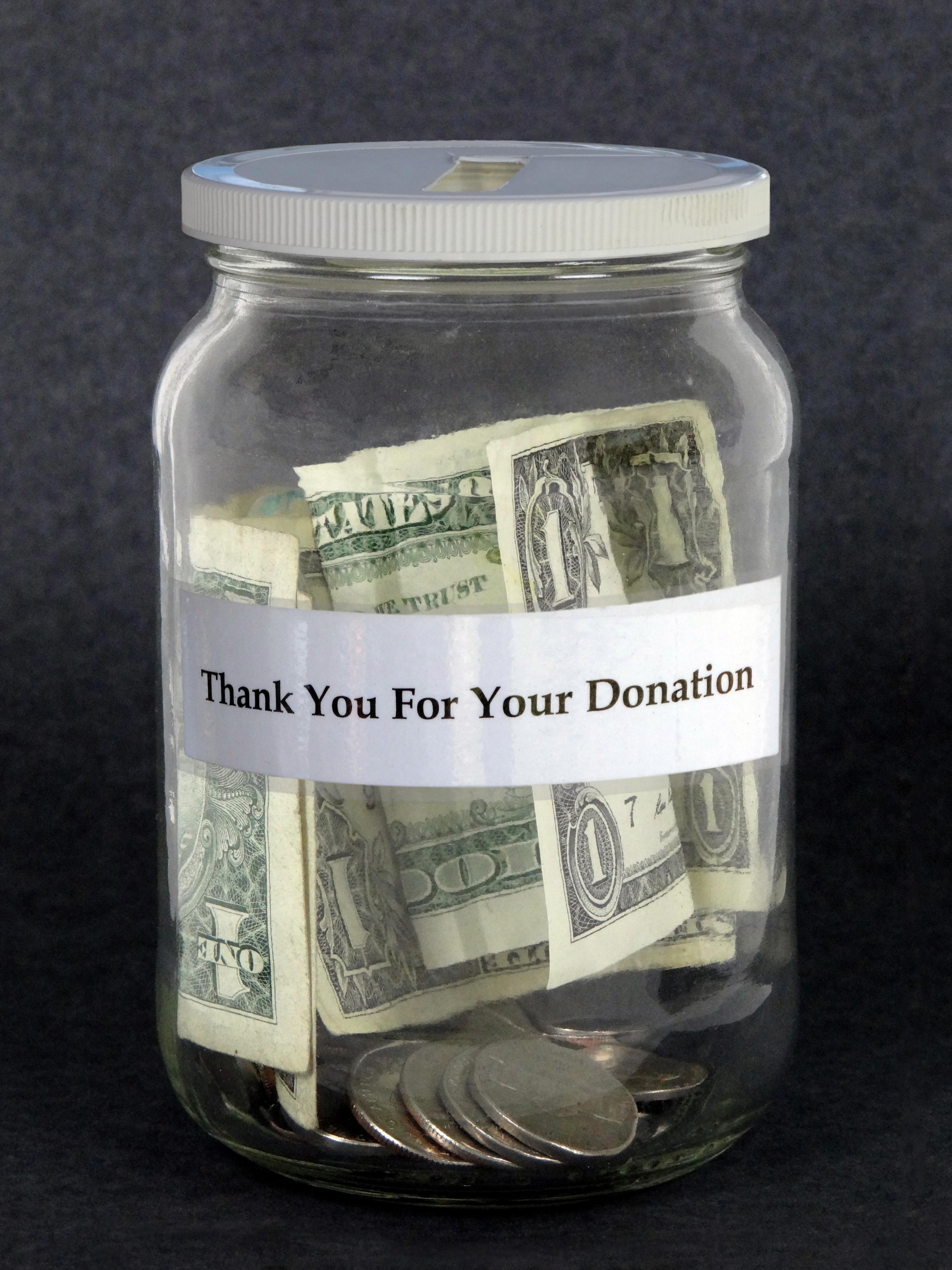It is Wednesday, when I normally have a guest blog post for you, but I had something to say that just couldn’t wait. I am working with a theatre company that is using one or more of the discount sites in order to attempt to fill the seats. I have written a blog post about my feelings for these types of pricing- Dynamic, Groupon, Living Social, etc. We also had an #auddev chat on this topic. The feedback I have been receiving is that these sites do work in helping to fill the seats, but there are two major downsides. One, it is difficult to follow up when people purchase at the other site, and two, you are helping to create a group of people that will only come to the show at these ridiculously low prices, meaning you devalue your ticket.
When talking with my new client, she admitted that it was rare when a “Saver” audience member followed up to buy tickets at the normal price. The theatre’s pricing is actually quite reasonable too, so each time they use the discounts, they are undervaluing the cost of the theatre experience. They are a newer company, which means that these discount sites could be a good introduction. However, when arts companies keep using these discount sites on a regular basis, the entire industry is going to suffer.
The arts are valuable, and if we keep devaluing what the cost of a ticket should be, we are going to keep bringing in an audience that is fickle and does not see the true value of the arts.
So, what can you do? You feel you need to use these sites to get new audiences, and it does work to fill the seats. Here is my list of how to deal with the deals:
1. Create a follow up plan. If the discount site does not offer you the information about the audience member (a big red flag for audience development), figure out a way you can get this information. As an industry, I think we should start asking these companies to work with us on this one, but I see the legal issues they may have in terms of giving us the information. There are ways to track who your discount audience members are, and then find a way to reach out to them so they can become a part of your database. You can seat people in a certain section so you can follow up with them at an event. Also, find a way to offer them, “if you purchase your next ticket with us at 50%, you will also get __________.” This way, they are purchasing the ticket with you for this time, and you get their information. Or, pass around a clip board one night to see if you can pick up a few more.
2. Once you have found a way to start the relationship with these people by obtaining their contact information. Start building relationships with them. For this step, stop using the discount services and instead give these people a special that is a little closer to the value of your ticket. For example, send them an email saying, “We are not using Groupon for the following weeks, but you can still save with us at 30% off.” It’s a matter of attempting to ween them off the 50% to value your ticket at a higher price. You are still hooking with a discount, but you will find out among this group who is loyal to your company and who is only coming for the 50% discount deals.
3. Build stronger relationships with the 30% off crowd. These are the people that are definitely worth your time and effort. This is the time to survey this group to find out more about them. You can also figure out ways that they would be comfortable in paying closer and closer to the regular ticket price.
4. In any case, implement a donation campaign to help offset the 50% discount. Some of the discount sites do have the ability to add a donation. Add a message that their extra dollar will add up to help your arts company. Ask for only $1 (or less) specifically since they are on these sites to save money, but the specific ask is better than asking for a non-specific donation in this case. Or, get creative and price the ticket where they have the option to round up to the next dollar.
5. Work on building your own list to keep the information in house. You can also implement your own discount programs to keep the purchase in house. Use email trades with other companies, purchasing lists from newspapers in your area that have the people you are looking for, and joining any group databases that might be available to reach out to new people.
6. Design a program to obtain new audience by using old fashion audience development. Build relationships with groups of people in your community and commit to a few outreach efforts that are available over your off/slow season. Personally invite these groups and people to your next show. Use a few of your comp tickets to build relationships with group leaders. The 4 C’s of audience development can help you: Connect, Collaborate, become a part of your Community and show you Care to reach out to new audiences.
You see, the discount sites are claiming to do the work for you in terms of building a new audience, but without real control, you may only be left with discounting over and over to fill the seats (butts in seats – not loyal people in seats). The arts industry as a whole complains about these disadvantages, but I’m not seeing much in the ways to change this system.
These sites promise the easy way to build audiences, but as you can now see, they have some bad side effects. You can use these sites as an introductory reach out point, but good old fashion audience development solutions will always be better than the take a pill approach for the long run.
Plus, I would hate to have these discount sites “Wal-Mart” the value of the arts in general. Tickets to an arts event has value, but they will only have value, if we value ourselves.
Cheers to happy and loyal audiences,
Shoshana
Shoshana Fanizza
Audience Development Specialists
https://www.buildmyaudience.com
“Never treat your audience as customers, always as partners.”
~James Stewart
Although we are not a non-profit, if you would like to support ADS to continue our work, you can donate here.
New eBook! The How of Audience Development for the Arts: Learn the Basics, Create Your Plan






Great advice, Shoshana. These companies stepped in to own a share of the market that the arts have long neglected. In most cases, they have better relationships with the customers than we do.
The good news is that they’re sending their customers through our doors, which means that we can create our own relationships with them – but we have to be incredibly proactive about it.
We also have to demonstrate that we’re as interested in those inconstant, fickle, penny-pinching outsiders as we are in our core of committed, dependable, generous supporters, which is going to be a tall order for most arts organizations.
I really appreciate your thoughts on how to take a less than ideal way to attract audiences into something that can continue to be beneficial.
I have been mulling over some related thoughts, after hearing about Cash Mobs, in which groups of people flood a business and pay “full-price” for products. I wrote about this on the 2amtheatre blog: http://www.2amtheatre.com/2012/03/28/%EF%BF%BCcash-mobs-countering-the-discount-culture-of-theatre/
I would love to hear more about what people think on how we can “re-value” the Arts.